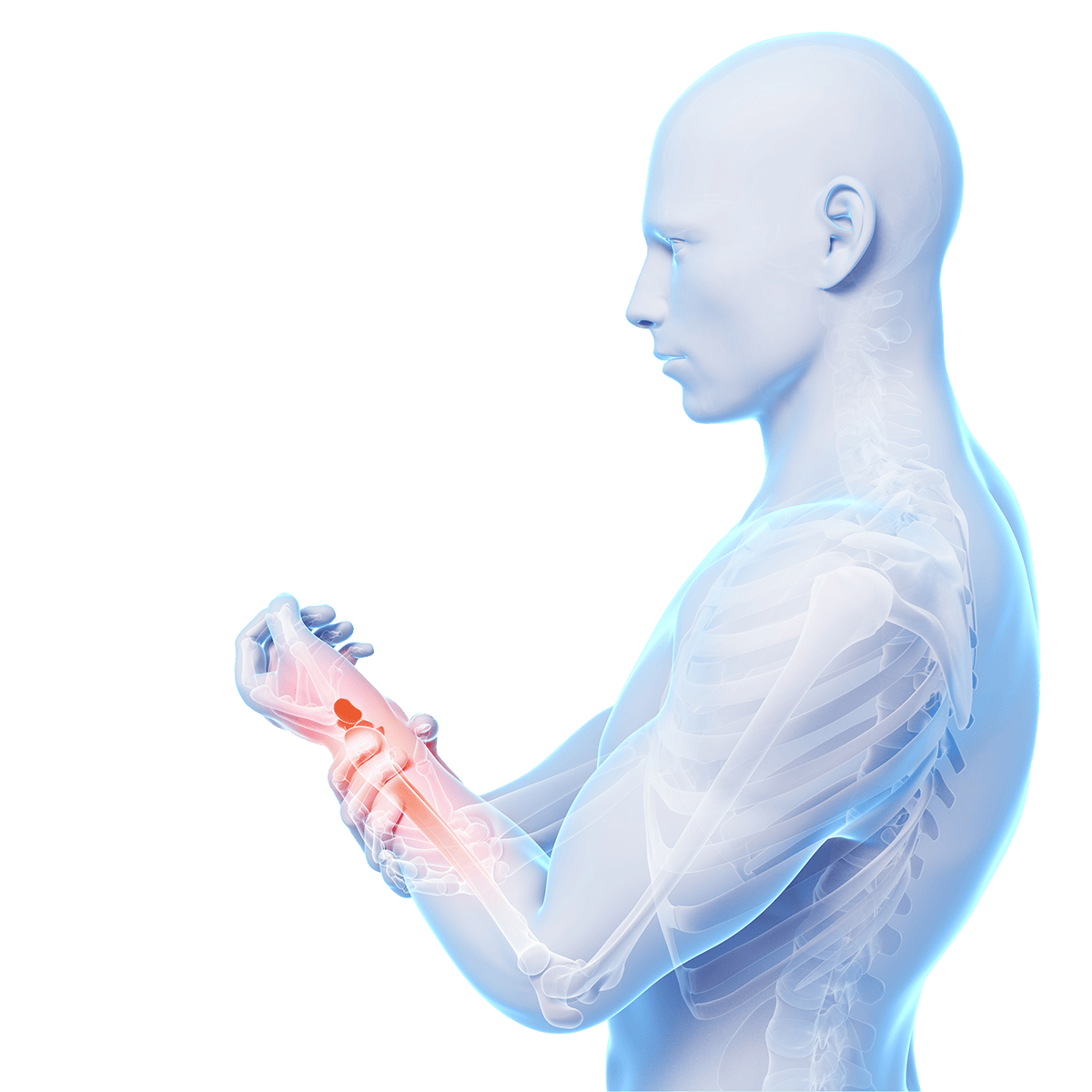
ACPAC Program
Advanced Training for Extended Scope Practitioner Roles in Rheumatic and Musculoskeletal Disease
10-month academic and clinical training program starts October 6, 2025
Broaden and deepen your knowledge and hone your clinical skills required to independently assess, diagnose, triage, and manage the full spectrum of rheumatic and musculoskeletal diseases.
The ACPAC program is the longest-running program of its kind that combines academic rigour with hands-on clinical practice to nurture the next generation of health leaders in musculoskeletal, orthopaedic, and rheumatic care.

ACPAC-trained health professionals play a vital role in providing accessible, timely, and high-quality care in communities across Canada.
Our program prepares experienced physical therapists, occupational therapists, chiropractors, and nurses for extended practice roles. With an emphasis on interprofessional collaboration and competency-based learning, ACPAC graduates are poised to provide the highest standard of patient-centered care for a growing population of patients living with a variety of musculoskeletal conditions including inflammatory arthritis and osteoarthritis.
Who Should Apply?
If you are an experienced physical therapist, occupational therapist, chiropractor, or nurse with the required experience and pre-requisite knowledge, we encourage you to explore how ACPAC training can prepare you for extended practice roles and a rewarding career.
Program Details
Learning Objectives
After active engagement in the ACPAC Program you will be better able to:
- Integrate the basic and clinical science underlying rheumatic and musculoskeletal diseases.
- Identify and assess patients with rheumatic and musculoskeletal diseases to formulate a differential diagnosis.
- Differentiate inflammatory from degenerative arthritic and other musculoskeletal disorders.
- Evaluate and interpret musculoskeletal radiographs; and other investigations such as laboratory tests, diagnostic ultrasound, magnetic resonance imaging, computerized axial tomography, dual-energy x-ray absorptiometry.
- Apply acquired knowledge and skills to triage patients with rheumatic and musculoskeletal diseases across diverse clinical settings.
- Collaborate interprofessionally within the health care system as a unique health human resource to address care gaps across a variety of healthcare settings.
Ready to Begin?
When you join the ACPAC program, you join a community of over 140 ACPAC-trained professionals who are working in clinical settings across Canada and improving health outcomes.